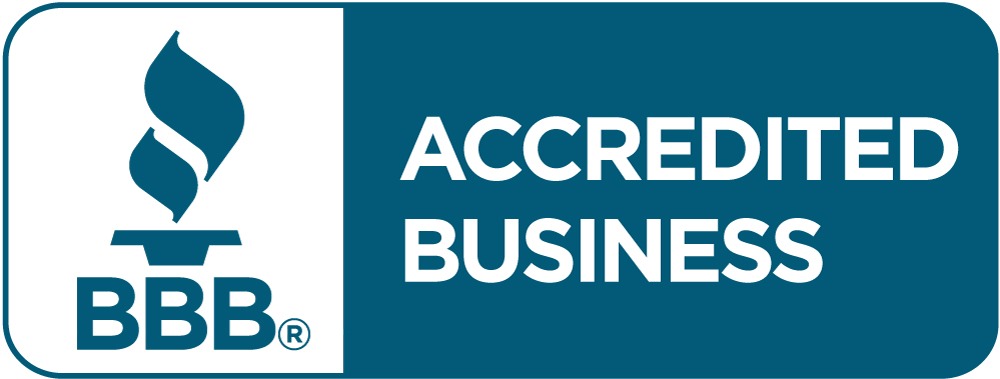
Understanding the Changes to Medicare Part D in 2024 and 2025 Under the Inflation Reduction Act
The Inflation Reduction Act of 2022 introduced significant changes to Medicare Part D, aiming to lower prescription drug costs and reduce federal spending. These updates, effective in 2024 and 2025, are set to provide substantial financial relief, especially for individuals with high drug costs. Let’s break down what these changes mean for you.
What Did Medicare Part D Look Like in 2023?
Currently, Medicare Part D has four distinct phases, each with varying costs and responsibilities shared between enrollees, Part D plans, drug manufacturers, and Medicare itself:
- Deductible Phase: Enrollees pay 100% of their drug costs until they reach the deductible, which is $505 in 2023.
- Initial Coverage Phase: After meeting the deductible, enrollees pay 25% of drug costs, with their plan covering the remaining 75%. This continues until total drug costs reach $4,660.
- Coverage Gap (Donut Hole) Phase: Enrollees pay 25% of drug costs, with different contributions depending on whether the drug is generic or brand-name. Plans cover 75% of generic drug costs and 5% of brand-name drug costs, while manufacturers provide a 70% discount on brand-name drugs.
- Catastrophic Coverage Phase: After out-of-pocket costs reach approximately $3,100, Medicare covers 80% of drug costs, Part D plans cover 15%, and enrollees are responsible for 5%.
Changes Coming to Medicare Part D in 2024
Starting in 2024, Medicare Part D will undergo a crucial change: the elimination of the 5% coinsurance requirement in the catastrophic phase. This means enrollees will no longer have out-of-pocket costs after reaching the catastrophic threshold.
- Catastrophic Threshold: In 2024, the catastrophic threshold will be $8,000. Once you reach this amount (including your out-of-pocket spending plus the manufacturer’s discount on brand-name drugs), your out-of-pocket costs will end. For those taking high-cost medications, this change could result in significant savings.
- Part D Plan Contributions: Part D plans will increase their share of costs from 15% to 20% in this phase, meaning plans will take on more of the financial burden.
What to Expect in 2025: A New $2,000 Out-of-Pocket Cap
The changes in 2025 are even more significant, with the introduction of a $2,000 out-of-pocket spending cap.
- Out-of-Pocket Cap: Starting in 2025, your out-of-pocket spending on drugs will be capped at $2,000 annually, adjusting annually based on the growth in per capita Part D costs. This cap could result in substantial savings for those with high drug costs.
- Elimination of the Coverage Gap: The coverage gap phase, where enrollees currently pay 25% of their drug costs, will be eliminated in 2025. This simplification ensures more consistent cost-sharing throughout the year.
- Changes in Cost Sharing: In 2025, Medicare’s share of costs in the catastrophic phase will decrease. Medicare will cover 20% of brand-name drug costs (down from 80%) and 40% of generic drug costs (also down from 80%). Part D plans will cover 60% of both brand-name and generic drug costs above the cap, while drug manufacturers will provide a 20% discount on brand-name drugs.
- Initial Coverage Phase Adjustments: Drug manufacturers will provide a 10% discount on brand-name drugs in the initial coverage phase, replacing the 70% discount in the coverage gap under the current design. Part D plans will cover 65% of brand-name drug costs during this phase.
Other Important Changes
In addition to the major structural changes in 2024 and 2025, there are other noteworthy updates:
- Insulin and Vaccines: As of 2023, the out-of-pocket cost for insulin is limited to $35 per month, and adult vaccines covered under Part D are provided with no cost-sharing.
- Low-Income Subsidy Program: Starting in 2024, individuals with incomes up to 150% of the federal poverty level will qualify for full benefits under the Low-Income Subsidy (LIS) Program. This change eliminates the partial LIS benefit that previously existed for those with incomes between 135% and 150% of poverty.
- Premium Adjustments: From 2024 onwards, the base beneficiary premium calculation will be adjusted to limit annual increases to no more than 6%.
- Spreading Out-of-Pocket Costs: Beginning in 2025, you’ll have the option to spread your out-of-pocket costs throughout the year, rather than facing high costs in any given month.
How Will These Changes Benefit You?
The changes to Medicare Part D are designed to make prescription drugs more affordable and reduce the financial burden on enrollees, especially those with high drug costs.
- Lower Out-of-Pocket Costs: The $2,000 cap in 2025 and the elimination of the 5% coinsurance in 2024 mean you’ll spend less on your medications each year.
- More Predictable Costs: With the elimination of the coverage gap and the option to spread out costs, your expenses will be more predictable and easier to manage.
- Better Access to Necessary Medications: With lower out-of-pocket costs and consistent coverage, you’re more likely to access and adhere to the medications you need without financial strain.
Conclusion
The upcoming changes to Medicare Part D, driven by the Inflation Reduction Act, mark a significant improvement in how drug costs are managed for enrollees. By capping out-of-pocket expenses and adjusting the share of costs covered by Medicare, Part D plans, and drug manufacturers, these changes will make prescription drugs more affordable and accessible for millions of Americans. Whether you’re currently enrolled in Medicare Part D or considering your options, these updates are set to provide substantial financial relief and peace of mind in managing your health.
For more information and personalized assistance with Medicare plans, schedule a call with Jessalyn Pito, your dedicated Medicare expert who can help you navigate these changes and find the right plan for your needs.
This is a solicitation for insurance.Not affiliated with the U. S. government or federal Medicare program. We do not offer every plan available in your area. Any information we provide is limited to those plans we do offer in your area. Please contact Medicare.gov or 1-800-MEDICARE to get information on all of your options.










